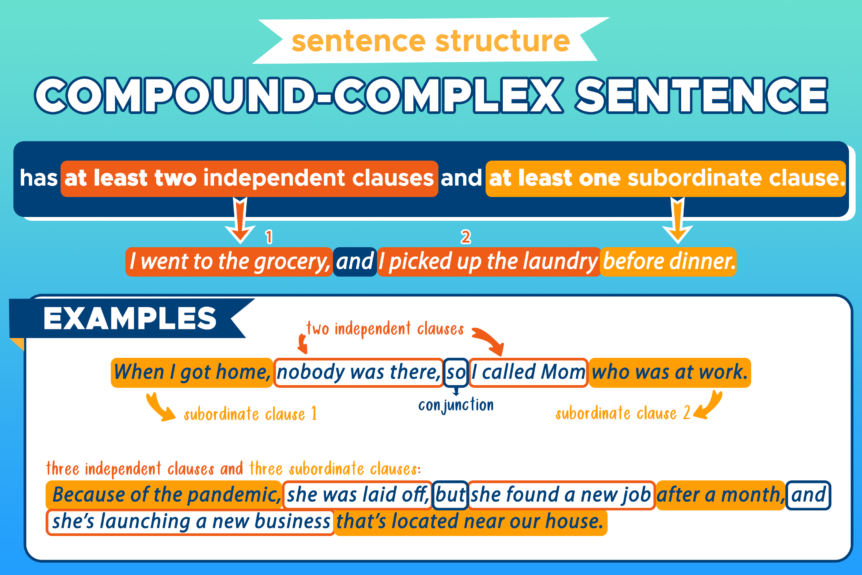In the English language, sentences can be classified into two main categories: compound sentences and simple sentences. Each type has its own unique structure and purpose in writing. Understanding the difference between compound and simple sentences can help improve your writing skills and make your communication more effective.
Simple sentences consist of a single independent clause that expresses a complete thought. They typically have a subject and a verb and can stand alone as a complete sentence. For example, “She is reading a book.” Simple sentences are concise and easy to understand, making them a common choice for conveying straightforward ideas.
Compound vs Simple Sentence
Compound sentences, on the other hand, are made up of two or more independent clauses that are joined by coordinating conjunctions such as “and,” “but,” or “or.” These clauses can stand alone as separate sentences but are connected to show the relationship between ideas. For instance, “She likes to read books, but he prefers watching movies.” Compound sentences are useful for expressing complex thoughts and relationships between different ideas.
One key difference between compound and simple sentences is the level of complexity. Simple sentences are clear and straightforward, making them ideal for conveying basic information or ideas. In contrast, compound sentences allow for the combination of multiple thoughts or actions, providing a more nuanced understanding of a topic.
Additionally, compound sentences often use punctuation, such as commas or semicolons, to separate the independent clauses. This helps to clarify the relationship between the ideas presented in each clause. Simple sentences, on the other hand, do not require this additional punctuation as they consist of a single independent clause.
When deciding whether to use a compound or simple sentence in your writing, consider the complexity of the ideas you want to convey. Simple sentences are best for straightforward information, while compound sentences are more suitable for expressing relationships between multiple thoughts or actions. By understanding the differences between these two types of sentences, you can enhance the clarity and effectiveness of your writing.
Overall, compound and simple sentences each have their own strengths and purposes in writing. Whether you choose to use a simple sentence for clarity or a compound sentence for complexity, understanding the differences between these two types of sentences can help you communicate your ideas more effectively.
